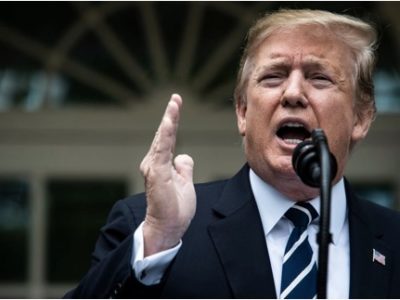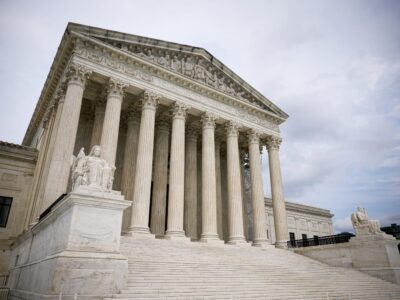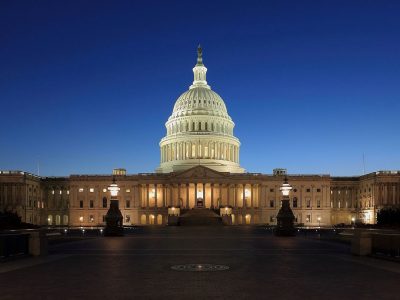200 Days & Counting: Executive Orders
Trump loves issuing executive orders. Mostly, they don’t mean much.
Trump has issued a flood of executive orders. Many of them are “full of sound and fury. . . signifying nothing.” They actually concern actions that he doesn’t have the power to take himself. Instead, they relate to responsibilities that Congress gave to an administrative agency like EPA, not the White House. There are a few exceptions, but in the environmental area, they’re not likely to have huge impacts.
Often, when you read that Trump has “rolled back” regulations, nothing of the sort has happened. Rather, Trump has asked agencies to consider a rollback, and nothing will change legally until the agency has gone through the required procedures and been upheld in court. Thus, most of Trump’s orders — and there are a lot of them –- don’t have any actual legal effect. In fact, the executive orders are carefully drafted as suggestions rather than orders to agencies. Of course, since these nudges come from the boss, agency heads are going to pay a lot of heed. But Trump could have done basically the same thing with a tweet or a phone call to the agency head. In order for the agency to implement Trump’s action and repeal an existing rule, the agency will have to go through the same procedures and court review required to pass a new rule. In terms of PR, however, it makes a bigger splash for a president to hold a public ceremony, sign an impressive looking document, and announce that he has just made a major policy change. Trump isn’t the first president to do that.
There are some executive orders that do matter. Some of Trump’s more consequential orders rescind Obama’s executive orders on subjects like climate change. A president can’t unilaterally repeal an agency regulation, except in the few cases where Congress has given him authority to do so. But a president can repeal one of his predecessor’s executive orders. (Obviously, that’s one of the weaknesses of government by executive order — they sometimes outlive the term of the president who issued them for only a few days. Along these lines, Trump disbanded a working group created by Obama to estimate the social cost of carbon, and he rescinded the working group’s previous estimates. The working group had been a White House effort to provide guidance to agencies, and Trump was free to end it. But these orders are exceptions.
There is, however, one Trump order which tries to make major changes to the regulatory process. This particular executive order has been on the wish-list of conservatives who are eager to hobble new regulations. It requires agencies to repeal at least two regulations for every new regulation and also caps the combined compliance costs of all the regulations that the agency issues in a given year. The goal, clearly, was to make it really hard to issue new regulations. Setting an even higher barrier to regulation, the cap the first year is zero. That means that in order to issue a new regulation, the agency needs to repeal two existing regulations that have combined compliance costs equal to the new one’s.
Here’s how this would work. Let’s suppose that an agency is considering proposing a regulation that would produce $2 billion in benefits at a cost of $1 billion. It has to find at least two other regulations whose costs add up to $1 billion and whose benefits are less than that. Finding two or more such regulations may not be easy. Assuming it can find the regulations, it now finds itself in the position of having to run three rule-making proceedings instead of one, and defend all three in court. So it’s three times as hard to issue the rule the agency really wants to issue. That means that the effort will take much longer or never happen at all, postponing or eliminating the $1 billion in social benefits that the new regulation could create.
This is, to the say the least, a really bad idea. It also is a sign of the eagerness of conservatives to hinder any further regulations on business, regardless of how justified those regulations may be. Nevertheless, the immediate practical impact of Trump’s executive order is likely to be limited. Under Trump, agencies won’t take steps anyway to protect the environment if they can possibly avoid it. You don’t really need a 2-for-1 rule or a cost cap — or executive orders in general — when you’ve got people like Scott Pruitt running your agencies. So the order is fairly meaningless under this Administration. If we ever get a president who is open to the idea of new regulations, Trump executive order will be immediately repealed or defanged.
Trump has already issued executive orders addressing most of the hot-button issues regarding environmental regulation. So we’re likely to see fewer of these efforts going forward, simply because he’s run out of politically appealing targets. And as I’ve explained, even the orders he’s issued so far are mostly designed for public relations purposes as opposed to having any real legal effect.







Reader Comments